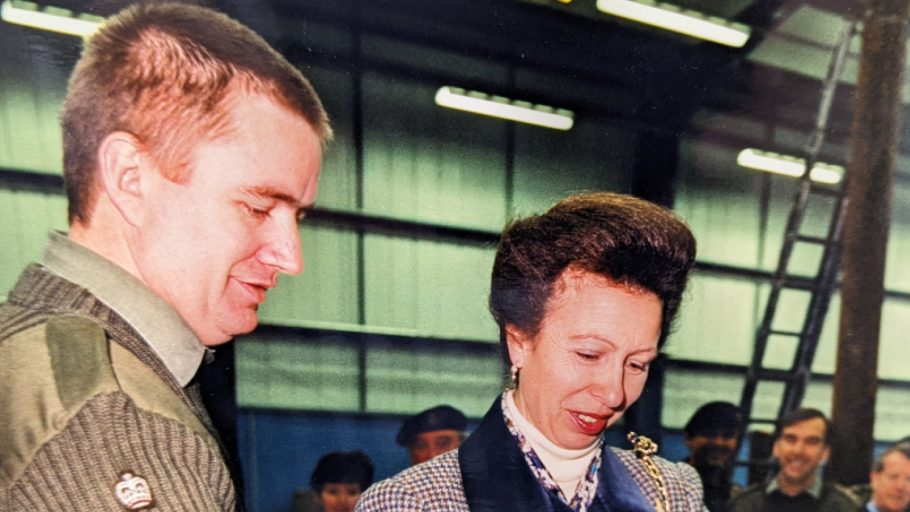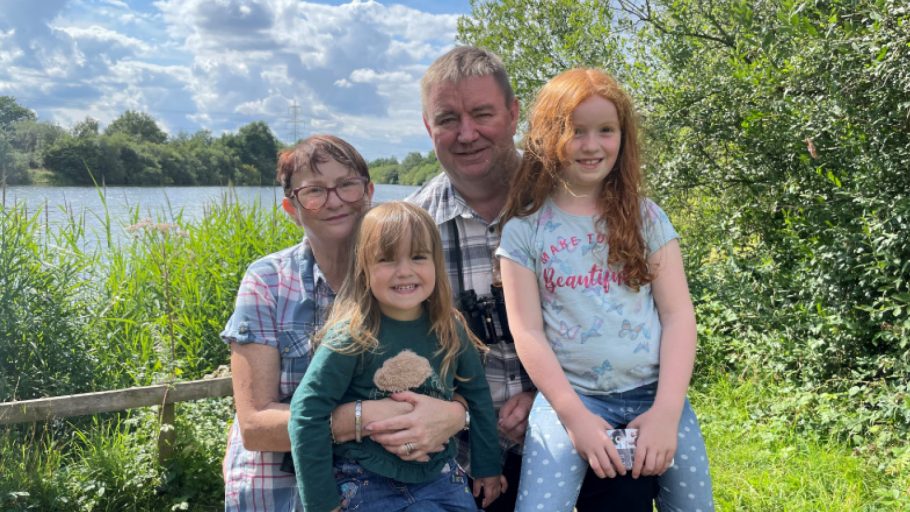How has your army background helped you in formulating and teaching technical development programs at CNet?
From the minute that I stepped down from the truck in the army training regiment I heard a voice that was to live with me for a long time. It was my appointed drill instructor ranting and raving at me, ordering me to “shut up, stand up straight, face the front”, all at extremely high volume and mixed with a number of expletives. This wasn’t the rambling of a madman; this was a carefully planned training intervention based on a pre-ordained series of objectives. The armed services are unique organizations, massive machines dependent on an equally massive, highly trained, skilled and flexible workforce able to ply their trade anywhere in the world at short notice. Having now spent almost as long working in the digital infrastructure industry as I served in the military, I have witnessed a different attitude to the training and education of the workforce, driven by cost, competition, loyalty, and evolving demands of customers, whereas training within the military is primarily driven by operational need.
The armed forces also have a structure that facilitates career progression through a range of academic development and achievement, a development tree of at least four levels. At CNet, I have sought to bring this concept to the commercial environment, bridging the gap between having a job and having a career, by influencing and developing an educational framework that recognizes and demonstrates professional progression from whichever rung of the ladder an individual steps on to.



